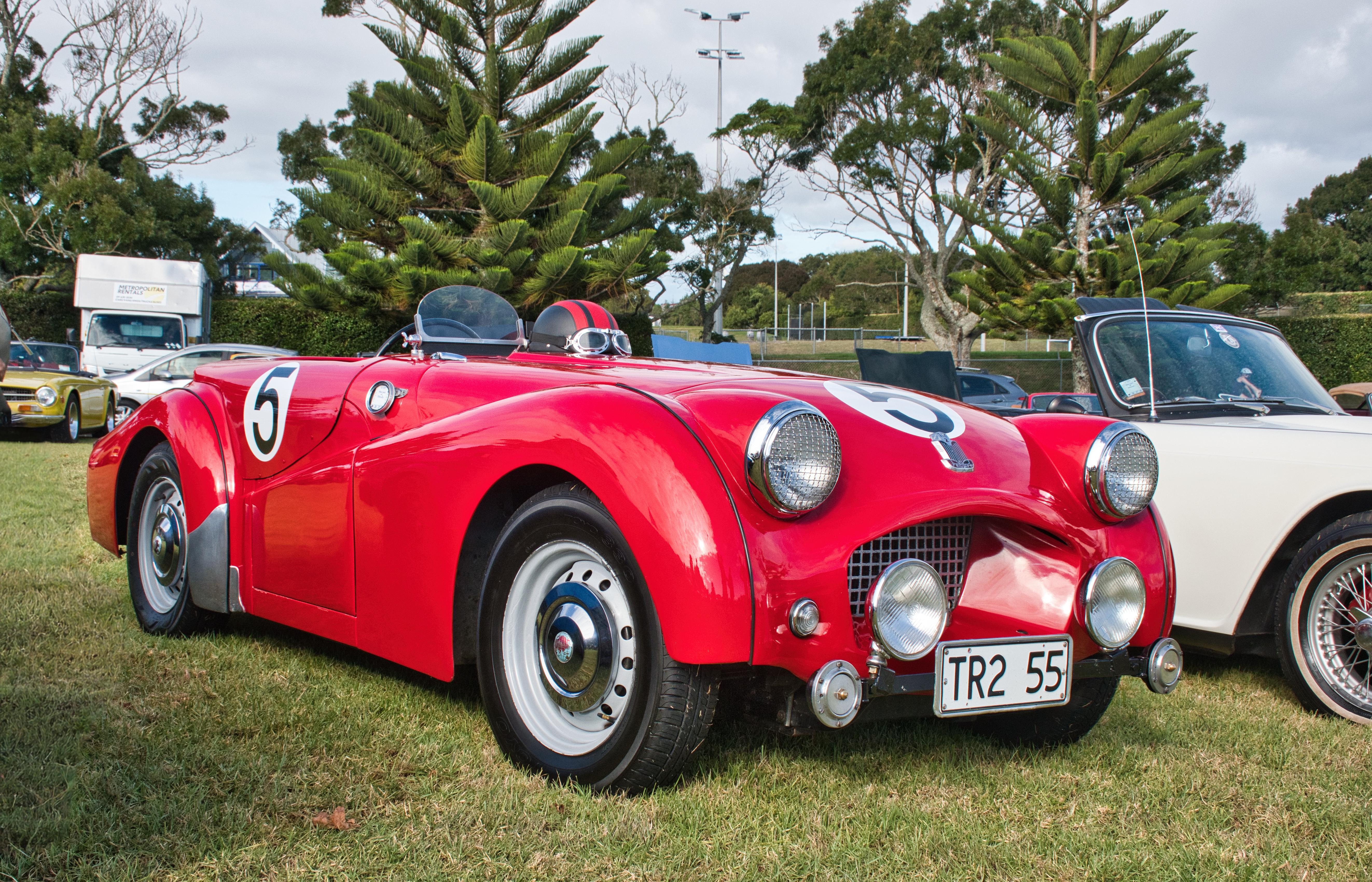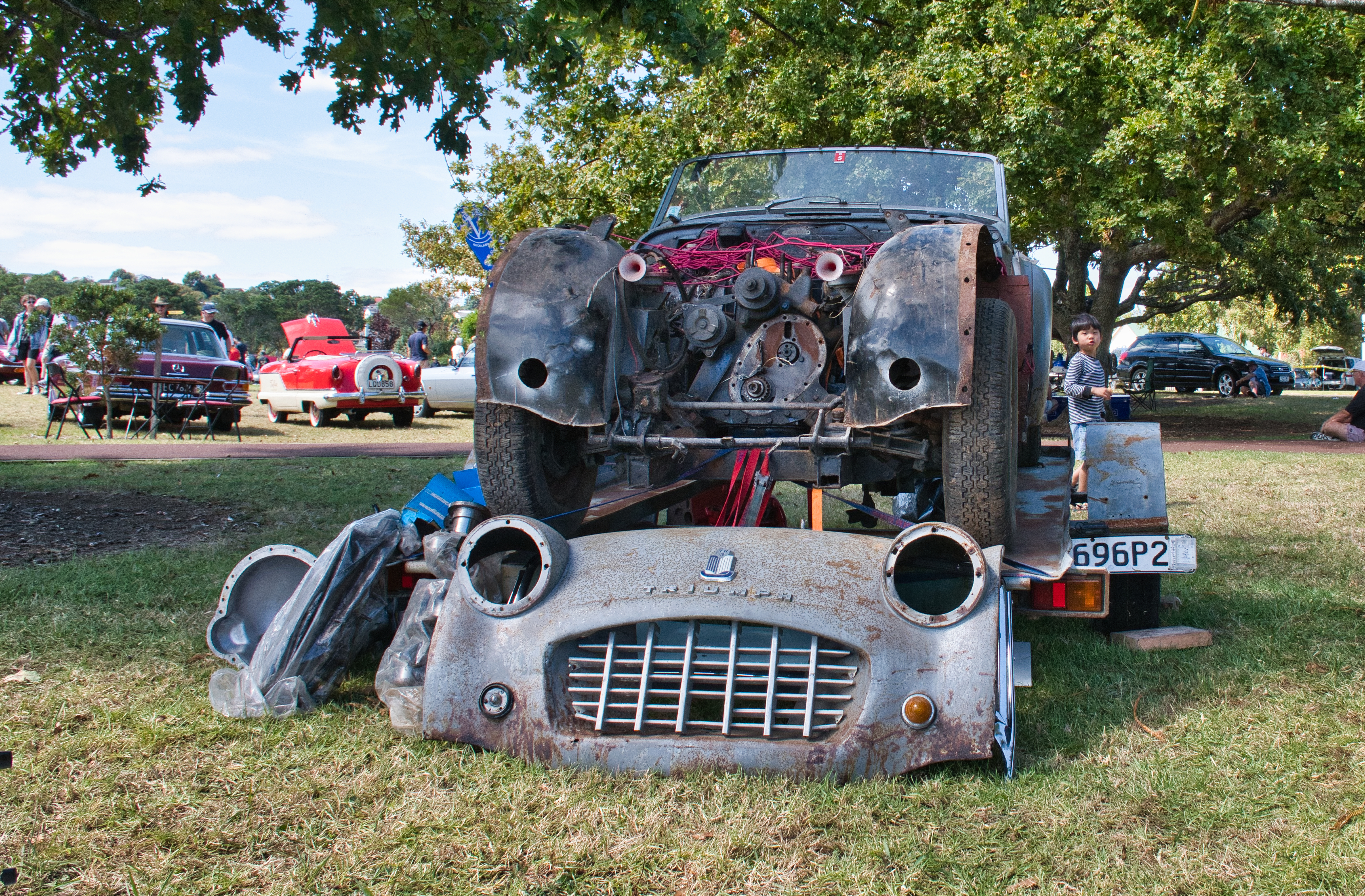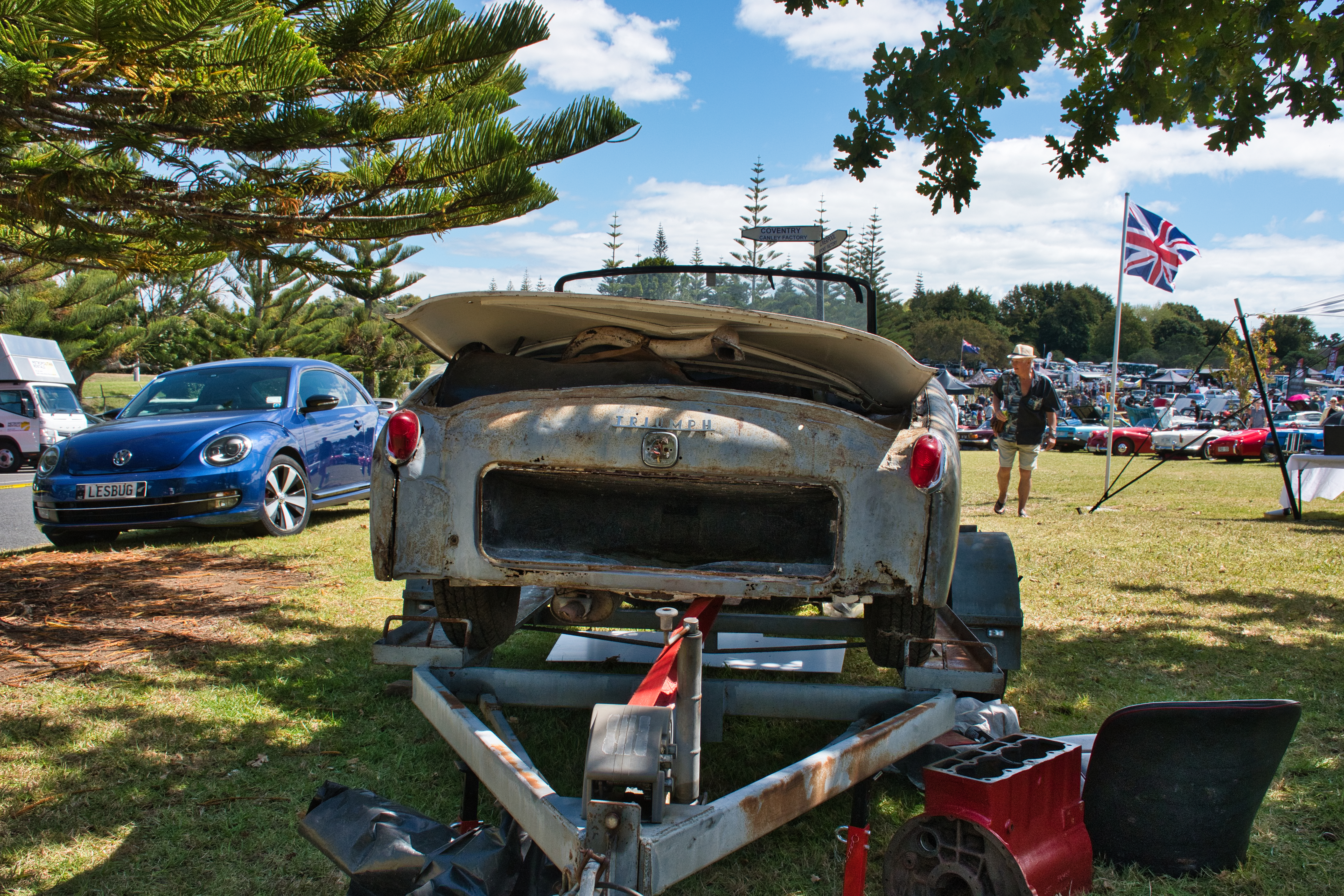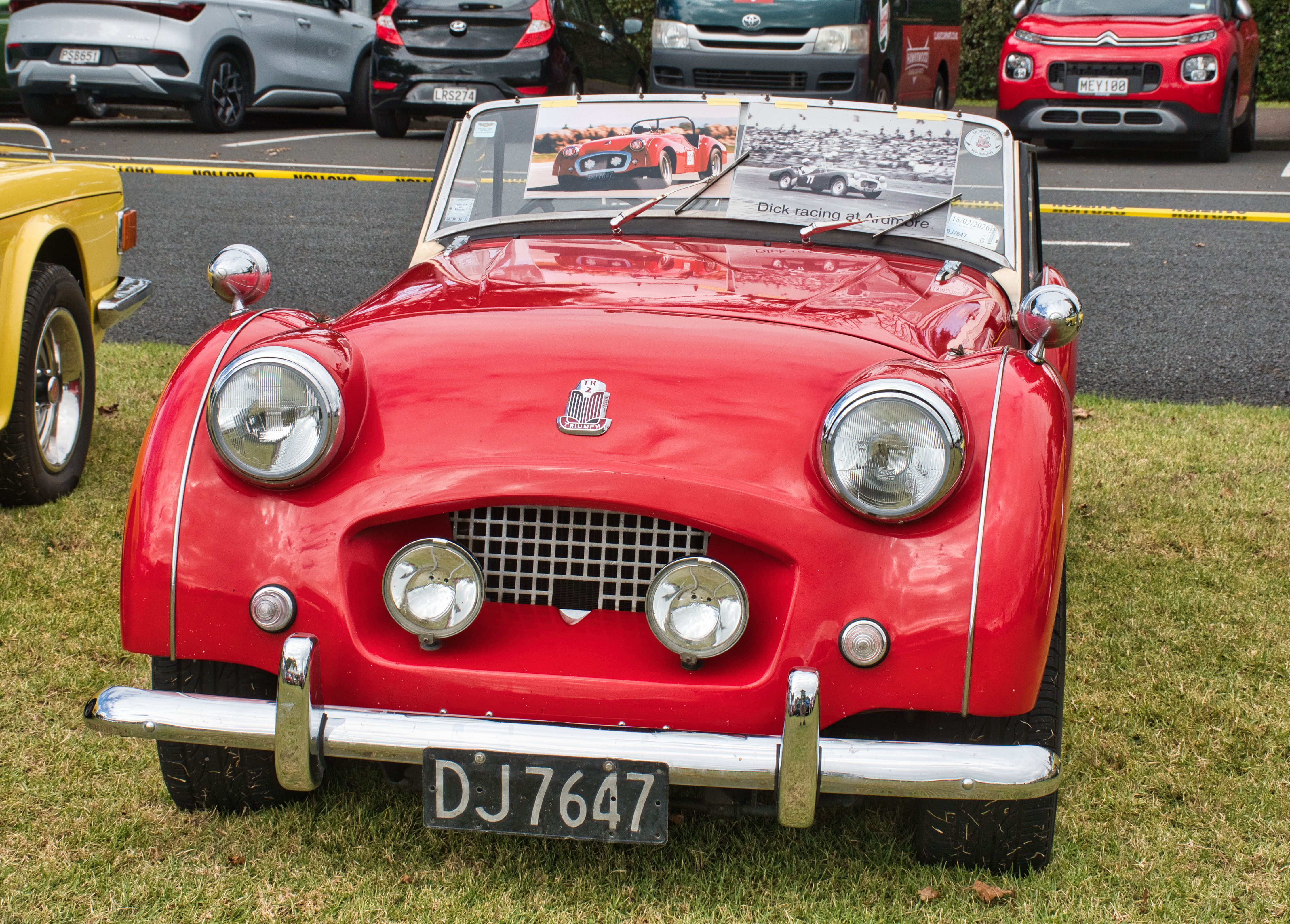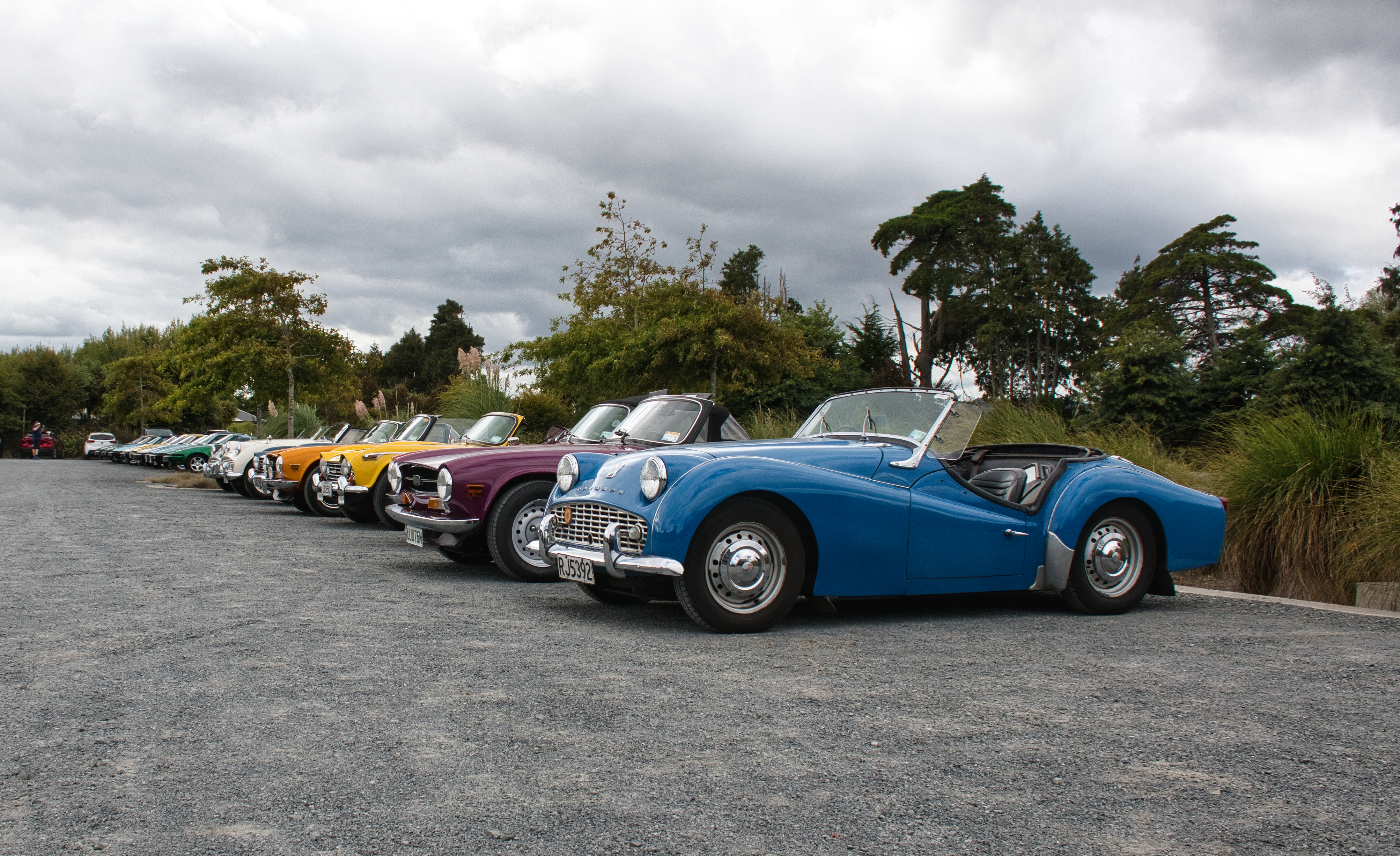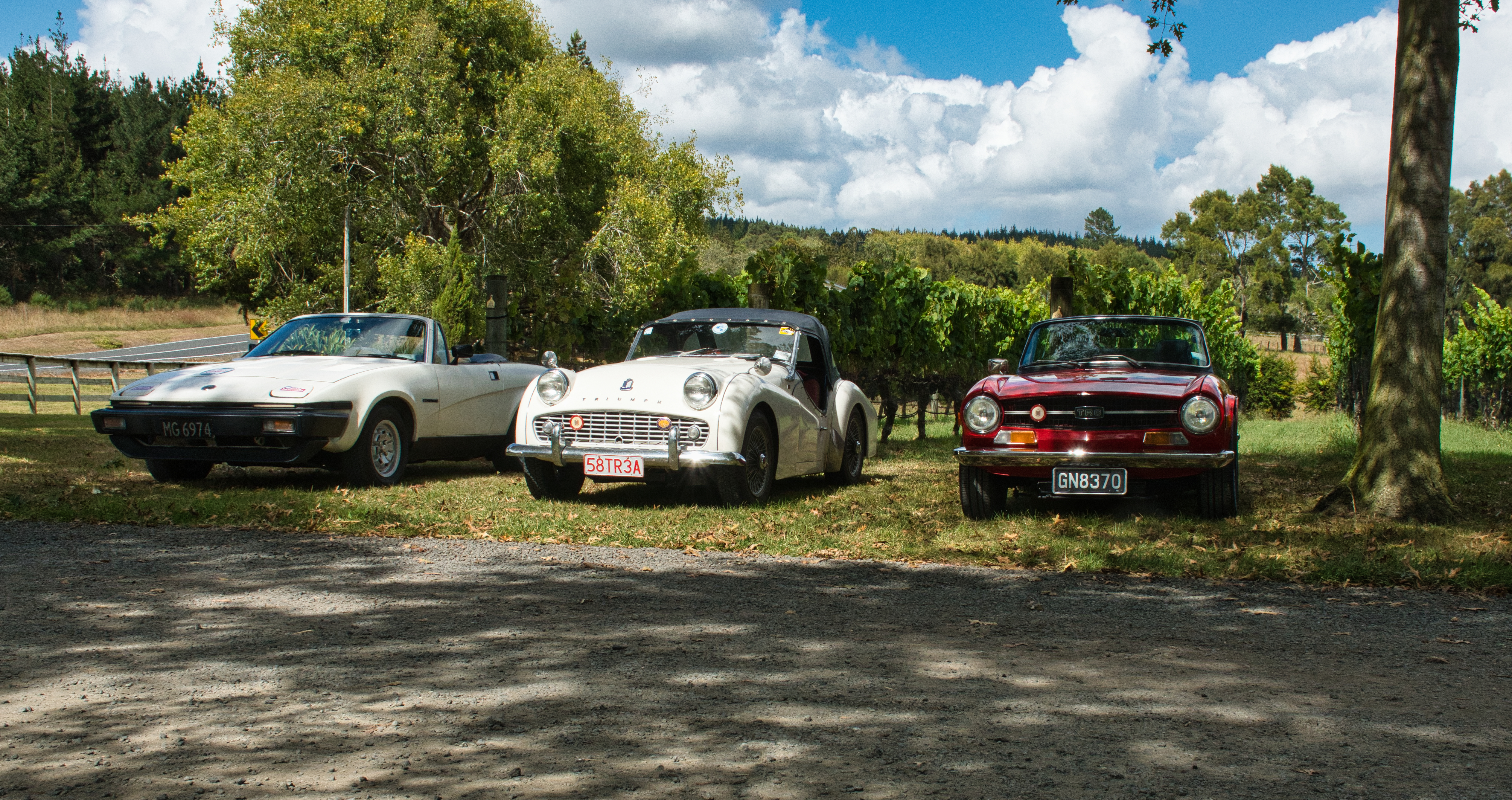TR History… A short history of the TR Marque
The very first Triumph car was sold in 1923, and sporting versions followed almost at once. The best way to get any MG car enthusiast really annoyed is to remind them of that! Although it was the MG, which took much of the glory in pre-war (WW2) years, it was indeed the Triumph, which was born first, Triumph was already building it famous fine motorcycles, a craft at which they were already national leaders in the UK.
Ownership changes, several in fact, did not seem to have any effect on the pedigree of its cars. Until 1939 they were proudly independent. Financial problems then threw them into new hands during World War Two. Standard bought Triumph in 1945, were themselves taken over by Leyland in 1961, and then became just one part of the British Leyland Empire in 1968. A steady process of rationalisation went on well into the 1980’s.
The sports cars from Triumph were built in only two distinct strains – those built to 1939, often developments of middle-class saloons for which Triumph were noted, and those built since 1945 at Coventry, which in every case except the styling of the last TR7/8 models, have been completely conceived by Standard.
Triumph sports cars heydays – There were several over the years: There was the “Donald Healey” period of the 1930s when that legendary character was Triumph’s technical director; there was the Ken Richardson era of the “Classic” TR’s in the 1950s; and there were the enormously innovative 1960’s when the TR4, 5, 250 and 6’s were joined by Spitfires, GT6’s and the Stag. The 1970’s saw the TR7, TR7V8 and TR8.
With remarkably few exceptions, a sporting Triumph has always offered excellent performance and value for money, and was as simply engineered as the performance level allowed. The Triumph car brand has always been at the forefront of new developments such as disc brakes, two speed wipers, IRS and fuel injection.
The Triumph story is interesting as there have been many interesting cars built from the 1920’s such as the Supercharged Triumph Sports and in the 1930’s model names such as the Southern Cross, Gloria and the Dolomite Straight Eight. From the 1940’s Triumph 1800 Saloons & Roadsters were popular. 1950’s, 1960’s & 1970’s TR and Spitfire ranges were strong sellers in the USA and around the world, which sold till the end of Triumph in the early 1980s. Many of Triumph components were used in other marques or derivatives such as Morgan, Italia, Swallow Doretti and Dove cars.
Triumph also had a strong competitive motor sport department, which operated in rallying and racing from the early 1950’s to the 1980’s, and many works cars and developments of these models benefited production cars directly. The silverware won through the years has been quite substantial.
(From David Mehrtens, 2002)



